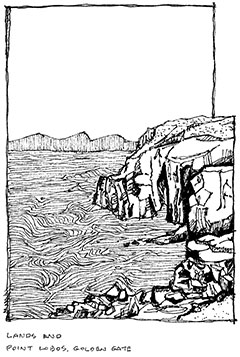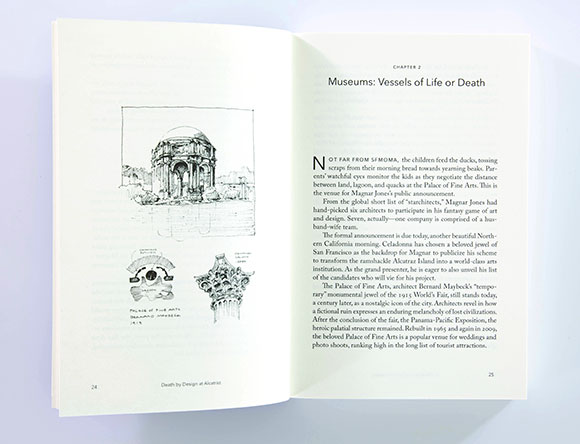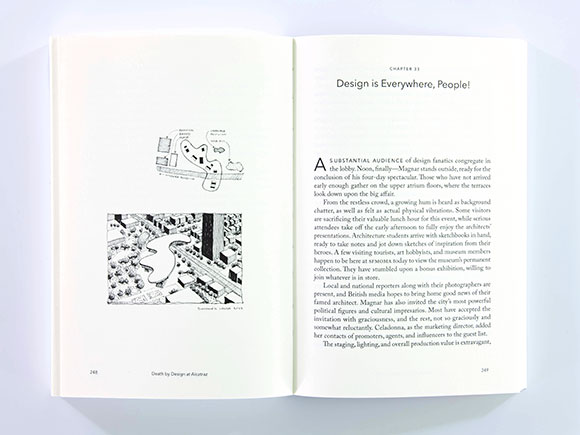#150: EGO AND ARROGANCE
(photos left to right: Pyramid at the Louvre Museum, Paris, France, by Michael Fousert; Eiffel Tower, Paris, France, by Anthony Delanoix; Guggenheim Museum, New York, New York, by Dennis; Burg Khalifa, Dubai, United Arab Emirates, by Nick Fewings; all from Unsplash)
(This essay comprises excerpts from my presentation, The Creative Process and The Ego, on February 18th at Modernism Week 2022, Palm Springs, California.)
Architects design homes, schools, skyscrapers, entire cities. Who has given architects this role and influence in society, and what have we done with it? From the Pyramid at the Louvre to the Eiffel Tower , from the Guggenheim to the Burg Khalifa in Dubai—architect’s egos are stamped all over cities, all over the world. Danish architect, Bjarke Ingels, even has drawings to literally redesign Earth.
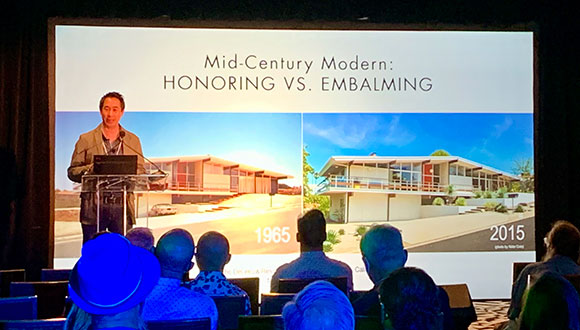
Master builder, master designer, master creator—architects have been granted the responsibility to impact communities and cultural progress, through the flexing of creative muscles. The offering of world icons and or definitive works stems from both talent and skill, as well as confidence and ego. Consider Philip Johnson’s pithy quote.

But ego can lead to influence, influence to power, and power to arrogance. And arrogance can either drive a project into successful territory or regrettable disaster. For the latter, two projects come to mind.
At the University of California, Santa Barbara, a hotly debated project known as Munger Hall has every architect, student, parent, and community member up in arms. For this proposed $1 billion, 1.7 million square foot, 11-story dormitory for 4,500 students, there has been a very little support. For the amateur architect and developer, Charlie Munger (billionaire and partner to Warren Buffet) and Southern California architect-of-record, VTBS (yes, B-S), the wrath bestowed on this project approved is universal. To sum it up, there has not been so much loathing in recent history. There are many reasons for the abhorrence, but the main objection is that 95% of the dorm rooms will have NO WINDOWS. No natural light. No fresh air. No view to the outside.
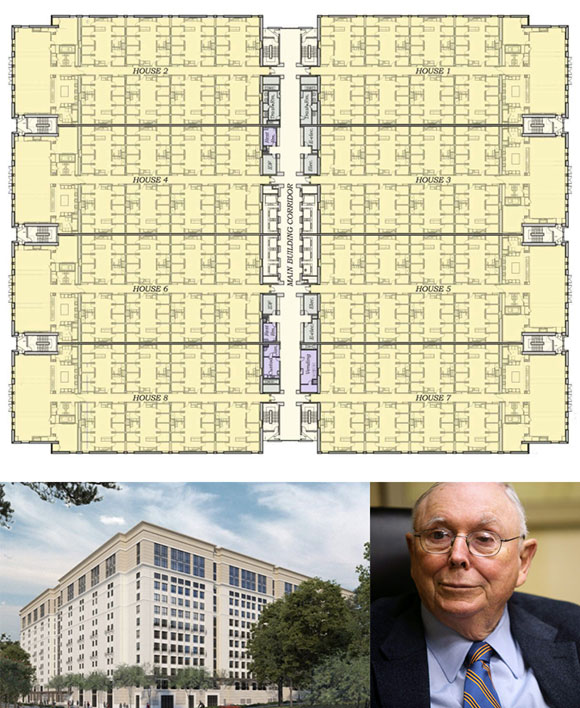
The arrogance of Munger comes from believing that: 1) Fronting the construction cost gives him the unconditional ticket to design whatever he wants, and 2) he and VTBS are convinced that windowless dormitory rooms are not just acceptable, but a creative success, even a bragging right. And everything from science to history, and real life to design guidelines, have proven this idea to be horrific.
Consider the residential estate in Bel Air, California, simply called “The One.” The conceit within that title alone reeks of egotism. Here, this spec house, with an asking price of $500 million, includes 105,000-square-foot, 20 bedrooms with a 5000-square-foot master bedroom suite, 42 bathrooms, a 10,000-bottle wine cellar, 50-car garage, and four swimming pools—to name a few details.

Bel Air is a community of wealth, where some of the largest mansions have been built over the years. As seen above, the two circled homes are such mansions of prestige and wealth. And between them is the out-of-scale, gargantuan vanity of developer Nile Niami and architect Paul McClean. The cautionary tale? No one wants such a home. The property recently sold for only $141 million, which is a mere one-third of the asking price.
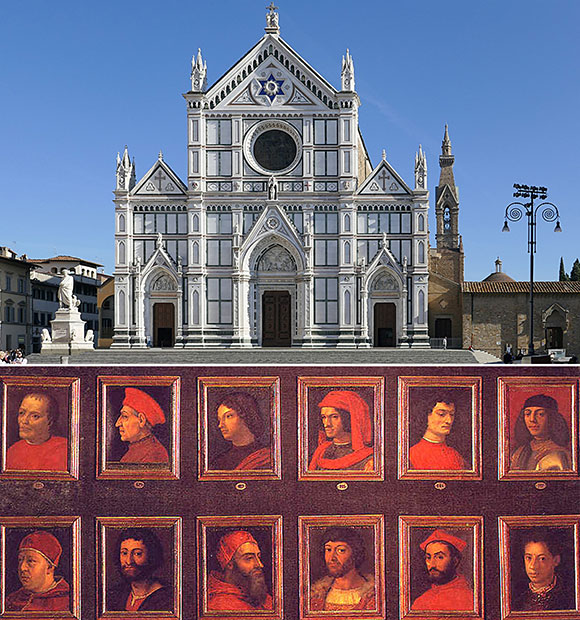
Historically, architects were given such power by an omnipotent clients such as the Medici’s, but in today’s culture of individualism and self-promotion, such projects as Munger Hall and The One are fueled by confidence and salesmanship, perhaps even narcissism.

Author Meryle Secrest wrote of Frank Lloyd Wright, “If he had intended to live out his life in the columns of newspapers, he could not have acted any more effectively. . . again and again, courting the press . . . Wright’s appetite for whatever might further his career was gargantuan.”
Accusations of megalomania have been projected onto Bjarke Ingels and his company, BIG, with 550 employees in offices in Copenhagen, New York, London, and Barcelona. Ingels himself counters the Miesian platitude, “Less is more,” and instead proclaims, “Yes is more.”

Check yourself. When does confidence become righteousness, talent become ego, and prowess become arrogance? How does self-assurance and pride become condescension and smugness? Who shall “inherit the earth”?




